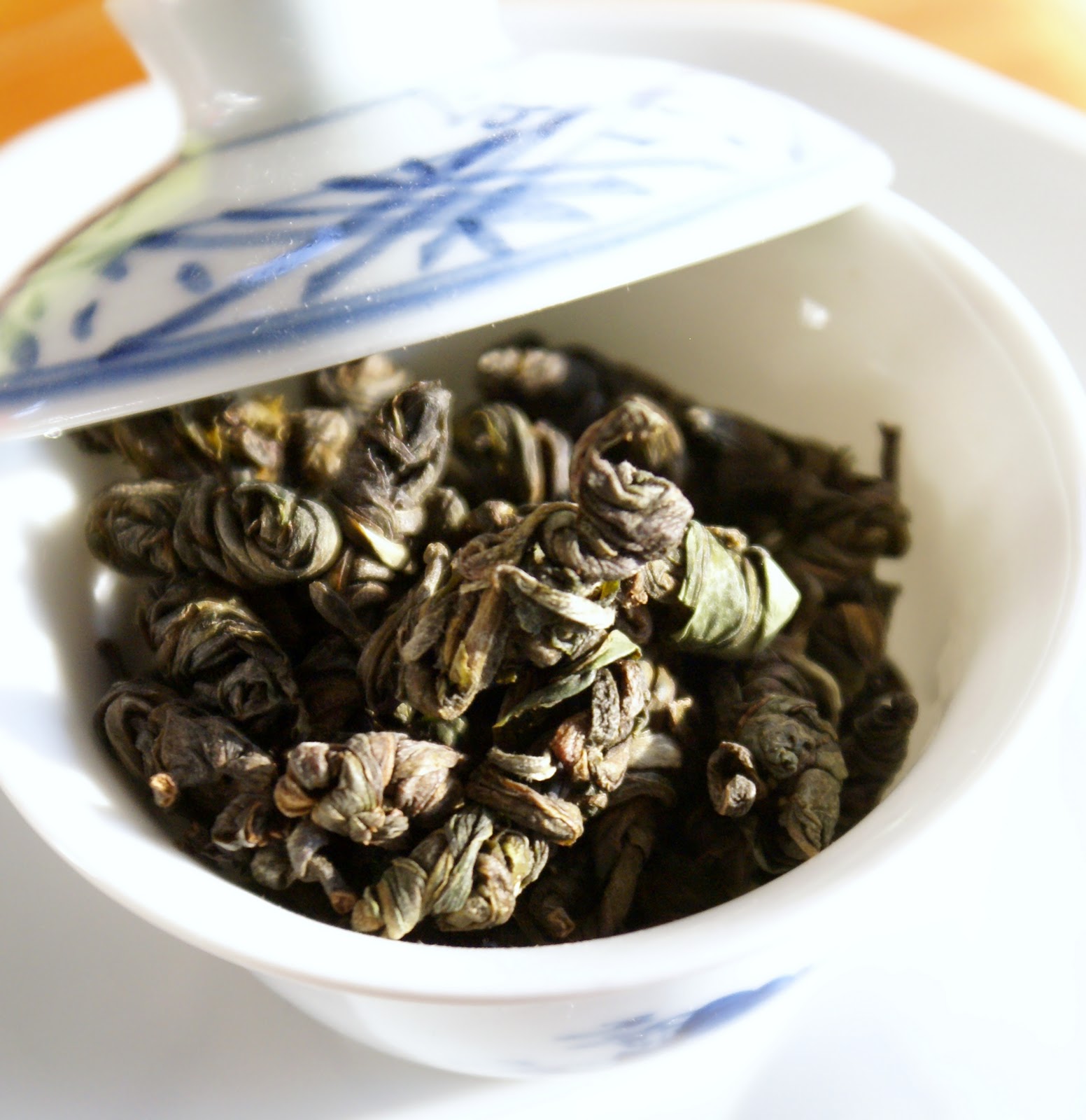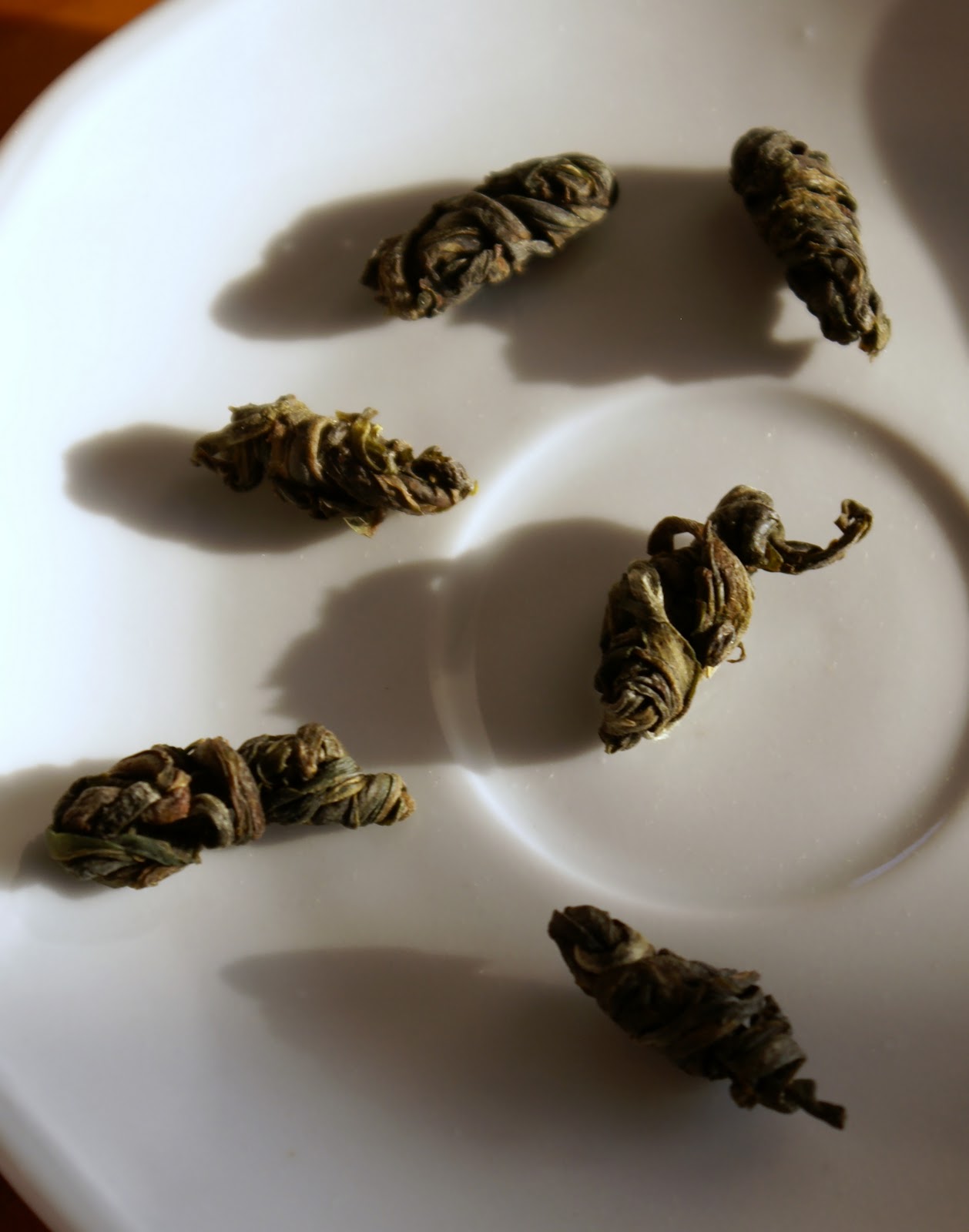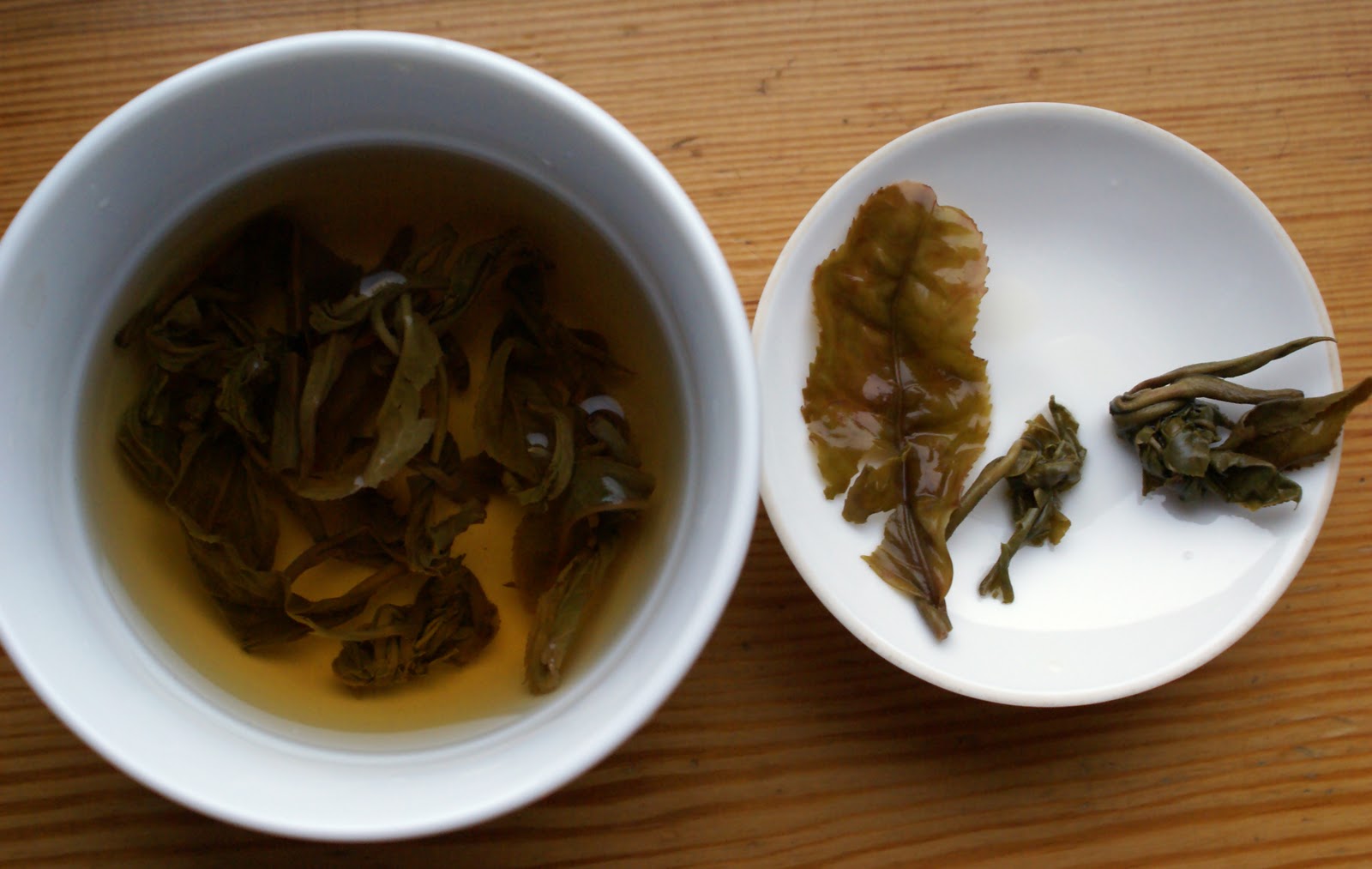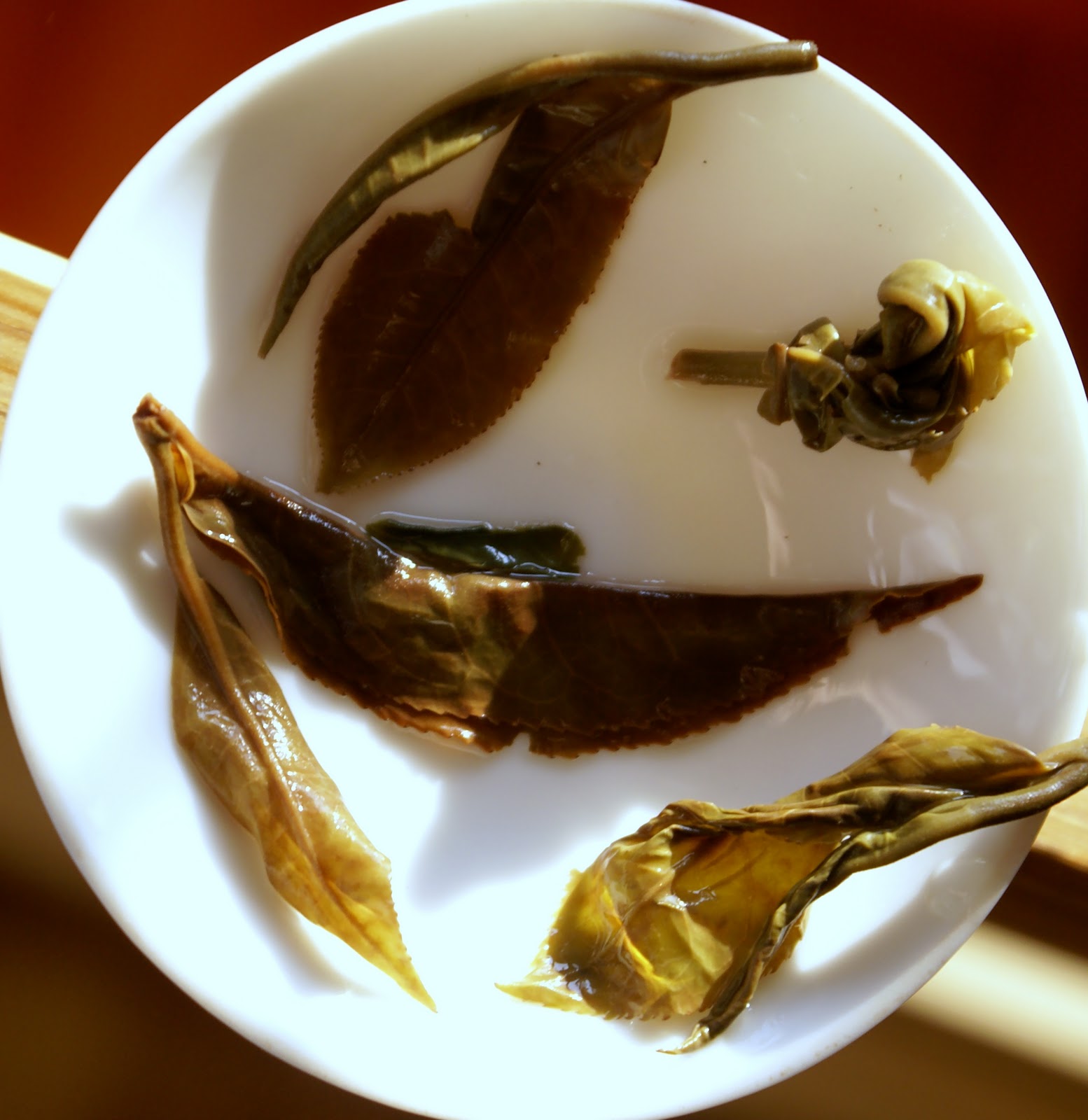White tea from Malawi
Posted on 30 December 2010
I got this sample of white tea from a tea boutique in Poland – Czajografia. In all honesty it wouldn’t have crossed my mind to buy a white tea from Malawi. I’ve had some lucky shots with African black teas, but I’m usually skeptical of white teas from outside China. (See here for my tasting of one from India).
We all have our prejudice and I’m not hiding mine. I approached this tea with an open mind and it brewed a nice cup. It is produced by the Satemwa Estate, a large tea and coffee producer and according to their website, there appear to be no fewer than four different types of white tea there. (I can recommend the whole-leaf Salima Black).
This 2009 Zomba Pearls (sold in Poland for a modest 9€/100g) looks great: it’s made of pretty large pellets that are meticulously rolled (I assume by hand). Although they don’t seem as tight as Taiwanese rolled oolong, many of these pellets don’t open in the teapot even when I use very hot water and long brewing time. Those that do reveal fairly large leaf systems of impeccable quality.
However for anyone familiar with white tea, this infused leaf raises a question. It doesn’t remotely look like white tea as I know it. There are almost no buds – as in the white tea grade I usually drink, yinzhen – nor are there withered young leaf-and-bud typical of the baimudan lower grade. In fact, this tea looks positively like an unoxidised green tea, or perhaps a lightly oxidised oolong. And it’s exactly what it tastes of when infused: there is a depth of colour, a pronounced dried-herby flavour, and most importantly, a generous dose of bitterish tannins on the finish. There are many things you can say about white tea but by definition it shouldn’t develop astringency. Here there’s plenty, and those tannins have a citrusy, tangy, grapefruity edge that is not unlike a low-oxidation modern first flush Darjeeling. The other tea that came to mind is the Taiwanese green Bailu.
The other interesting thing about this tea is its flexibility. You can infuse it like a white or green tea with water at 60C and long infusion times (it becomes lightly bitter anyway, but the body and fruit flavours remain light), but it’s also forgiving of temperatures up to boiling (becoming more Darjeeling-like in such cases). It never became unpleasant, the light bitterness always balanced by good fruit notes. It’s arguable whether this is real white tea but it’s fun and enjoyable.
Disclosure
Source of tea: sample from the Polish importer.





